Best Automated Emails: Engage Smarter, Work Less
In today’s fast-paced digital landscape, businesses are tirelessly seeking innovative and engaging ways to connect with their audience without compromising on efficiency. A remarkable strategy that has emerged is the use of top-notch automated emails. These smart communications not only streamline interactions but also nurture leads and significantly enhance sales performance. In this comprehensive blog post, we’ll delve into the world of automated emails, explore the various types, learn how to create captivating messages, outline key best practices, and investigate tools that can elevate your email marketing game.
Grasping Automated Emails

Automated emails have become a cornerstone of contemporary business communication, enabling companies to engage with customers in a timely and relevant fashion. By comprehending the fundamental principles of automated emails, organizations can harness this dynamic tool to boost engagement and operational efficiency.
What Are Automated Emails?
At their essence, automated emails consist of pre-written messages dispatched automatically in response to specific triggers or actions performed by the recipient.
These triggers may involve subscribing to a newsletter, making a purchase, or abandoning a cart. The primary aim of these emails is to conserve time while still delivering personalized content that can nurture customer relationships.
Moreover, automated emails address various business goals – from enhancing brand recognition to fostering sales growth. They are crafted to promote engagement, guide customers through their journey, and maintain interest in your offerings over time.
The Advantages of Automated Emails for Businesses
The implementation of automated emails delivers a plethora of benefits for enterprises of any size.
A notable advantage is reaching customers at opportune moments. Automated emails ensure you interact with your audience when they are most inclined to respond, such as right after they sign up or finalize a purchase. This immediate engagement boosts conversion rates and elevates overall customer satisfaction.
Furthermore, automated emails improve operational effectiveness. By embracing automated email marketing solutions, organizations can alleviate the strain on their teams, freeing them up to focus more on strategic initiatives instead of mundane tasks.
Additionally, automated emails offer measurable results. Businesses can monitor key performance indicators like open rates, click-through rates, and conversions, allowing them to fine-tune their strategies over time and achieve superior outcomes.
Myths Surrounding Automated Emails
Although automated emails hold numerous benefits, several misconceptions can prevent businesses from fully harnessing this compelling tool.
One common myth is that automated emails feel impersonal and lack authenticity. While they are indeed automated, effective email marketing incorporates a high level of personalization. By utilizing customer data and segmentation, businesses can create customized messages that resonate with individual recipients.
Another incorrect belief is that automated emails result in spam-like behavior. When executed correctly, automated emails should offer value to subscribers rather than overwhelming them with promotional material. The secret lies in ensuring your automated emails are well-timed, relevant, and genuinely beneficial.
Lastly, many people think that once automated emails are set up, they require little to no oversight. In truth, consistent monitoring and optimization are vital for maximizing the success of your campaigns. Regularly analyzing performance data assists businesses in identifying effective strategies and areas needing improvement, allowing for ongoing enhancement.
Types of Automated Emails

Having laid a robust foundation on automated emails, let’s explore the diverse array of types that organizations typically employ. Each type fulfills a distinct function and can immensely impact customer interaction.
Welcome Emails
First impressions matter greatly, and welcome emails provide businesses an opportunity to craft a delightful initial experience.
When someone signs up for a newsletter or opens an account, sending a welcome email is an excellent way to acknowledge their action. A thoughtfully designed welcome email sets the tone for what subscribers can expect, establishes your brand’s personality, and kickstarts the relationship positively.
Additionally, welcome emails tend to enjoy higher open and click-through rates compared to regular emails. This paves the way for further engagement opportunities, such as showcasing popular products or providing exclusive discounts that motivate new subscribers to respond.
Transactional Emails
Transactional emails are activated by specific actions performed by the customer, like making a purchase or resetting a password.
These emails generally contain crucial information related to the transaction or service, including order confirmations, shipping updates, or receipts.
Aside from their practical purpose, transactional emails offer a chance to engage customers beyond the basic communication. For instance, incorporating product recommendations or inviting clients to leave feedback can enrich the customer experience and foster additional revenue.
Re-engagement Emails
As time goes by, some subscribers may drift away or lose interest in your brand. This is where re-engagement emails become essential.
These emails are specifically designed to reignite interest among inactive customers. They usually feature eye-catching subject lines, personalized content, and enticing offers aimed at bringing the recipient back.
By tracking those who haven’t interacted with your emails for a while, you can develop targeted campaigns to spark excitement and encourage renewed participation.
Drip Campaigns

Drip campaigns consist of a series of automated emails sent sequentially over time based on specific triggers or timelines.
They are ideal for nurturing leads, guiding potential customers through their journey, and keeping your brand top-of-mind.
For instance, if a user signs up for a free trial of your product, a drip campaign could include emails that walk them through different features, success stories, and tips for getting the most out of the trial period. The gradual delivery of relevant, valuable content helps build trust and encourages users to convert into paying customers.
Feedback and Review Requests
Post-purchase feedback and review requests are vital components of maintaining a good relationship with customers.
After a transaction, businesses can send automated emails requesting feedback on the customer experience or asking for product reviews. Not only does this show customers that their opinions matter, but it also generates critical insights that can inform product improvements and marketing strategies.
Plus, positive reviews can serve as powerful social proof, influencing future customers’ purchasing decisions.
When it comes to automated emails, using the right tools can really change the game. GoHighLevel elevates automation by providing a comprehensive platform that lets you oversee your campaigns, monitor results, and tailor every engagement. It’s like having a virtual assistant who focuses on keeping your audience connected – minus the additional effort. Curious about how GoHighLevel can streamline your email marketing and enhance your outcomes? Check out our guide to learn about a smarter approach to automation!
Crafting the Perfect Automated Email
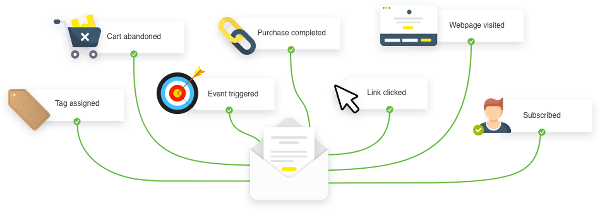
Creating effective automated emails involves careful consideration of various factors that contribute to successful communication with your audience. From personalizing messages to designing user-friendly templates, thoughtful crafting can significantly impact engagement rates.
Personalization Techniques
Personalization is a cornerstone of effective email marketing, and it can elevate your automated emails from ordinary to exceptional.
Effective personalization goes beyond simply inserting the recipient’s name in the email greeting. Utilizing data gathered from previous interactions, preferences, and behavior can help tailor your content to meet individual needs and interests.
Segmenting your audience allows you to deliver targeted messages that resonate with each group. For instance, you can create segments based on demographics, purchase history, or engagement levels, ensuring that the right message reaches the right person at the right time.
Incorporating dynamic content – such as personalized product recommendations – can further enhance the relevance of your emails, leading to higher engagement and conversion rates.
Writing Compelling Subject Lines
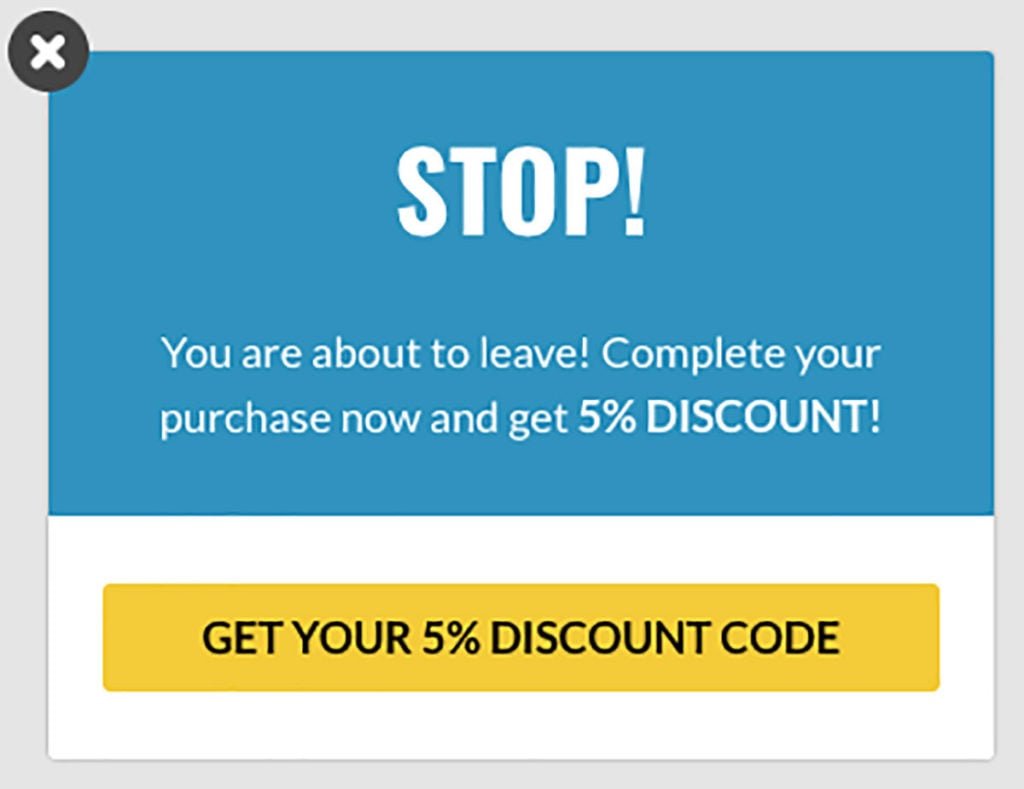
The subject line is one of the most critical elements of any email since it determines whether or not your message will be opened.
A compelling subject line grabs attention and entices recipients to click through. It should be concise yet informative, giving readers a clear idea of what to expect inside the email.
Utilizing urgency, curiosity, and exclusivity can boost open rates. Phrases like “Last chance for 20% off!” or “You won’t want to miss this!” create a sense of urgency, prompting recipients to take action quickly.
Testing variations of subject lines through A/B testing can also provide valuable insights into what resonates best with your audience, allowing you to refine your approach over time.
Designing User-Friendly Email Templates
An aesthetically pleasing and user-friendly email template is essential for ensuring a positive reader experience.
Considerations such as layout, color scheme, and font choice play a significant role in how your email is perceived. A clean design that is easy to navigate enhances readability and encourages engagement.
Responsive design is also critical. With more people checking emails on mobile devices, ensuring that your templates display correctly across various screen sizes is a must. Test your designs before launching, and consider using a single-column layout, which generally performs better on mobile devices.
Furthermore, incorporating visually appealing elements such as images, buttons, and spacing can enhance the overall look of your email and drive click-through rates.
Including Effective Calls to Action
Calls to action (CTAs) are vital for guiding recipients toward the desired action.
Your CTA should be clear, actionable, and compelling, telling recipients exactly what steps they should take next. Whether it’s “Shop Now,” “Learn More,” or “Claim Your Discount,” using strong action verbs encourages recipients to engage.
Placement is another crucial aspect. Positioning your CTA prominently within the email, ideally above the fold where it can be easily seen, increases the chances of clicks. Experimenting with different styles, colors, and wording can help you identify the most effective CTAs for your audience.
Best Practices for Automated Emails
To maximize the effectiveness of automated emails, following best practices is essential. These guidelines ensure that your emails are not only reaching the inbox but also driving engagement and conversions.
Maintain a Clean Email List
Regularly cleaning and updating your email list is paramount to improving deliverability and engagement rates.
Remove inactive subscribers who haven’t engaged in a long time, as they can negatively impact your sender reputation. Additionally, segmenting your list based on engagement levels allows you to target your messages more effectively.
Implementing a double opt-in process can also help ensure that only genuinely interested individuals are subscribed to your list. This reduces the risk of bounce rates and spam complaints, ultimately enhancing the effectiveness of your automated emails.
Optimize Send Times
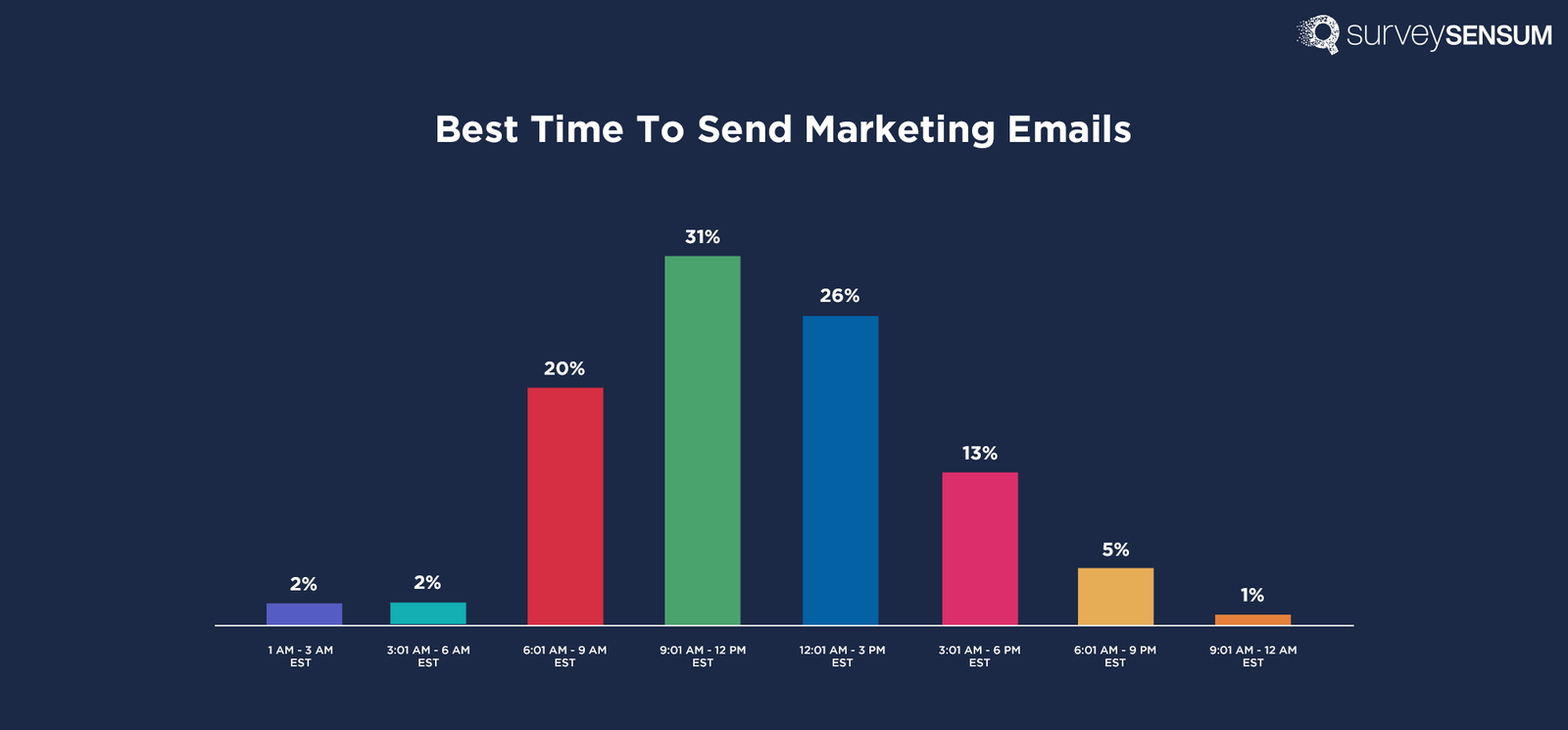
Timing plays a crucial role in the success of your automated emails.
Research suggests that certain days and times yield higher open and click-through rates. Analyzing your audience’s behavior can help you determine the optimal times to send your emails.
Experimenting with different send times and tracking performance metrics will enable you to identify patterns that work best for your specific audience. Utilizing scheduling tools can automate this process, ensuring that your emails hit inboxes when recipients are most likely to engage.
Monitor Performance Metrics
Monitoring key performance metrics is essential for understanding the effectiveness of your automated email campaigns.
Metrics such as open rates, click-through rates, conversion rates, and unsubscribe rates provide valuable insights into how your emails are performing. Regularly analyzing these metrics enables you to identify trends, successes, and areas for improvement.
Using A/B testing to compare variations of your emails can also offer insights into what resonates best with your audience. By continually optimizing your emails based on data-driven findings, you can enhance engagement and drive better results.
Ensure Compliance with Regulations
With the rise of data privacy regulations, it’s crucial for businesses to comply with laws such as GDPR and CAN-SPAM.
Ensure that your automated emails have clear opt-in consent and provide an easy way for recipients to unsubscribe. Transparency about how customer data is collected and used will also help build trust with your audience.
By adhering to regulations, businesses not only protect themselves legally but also enhance their credibility in the eyes of subscribers.
Tools and Platforms for Automated Email Marketing
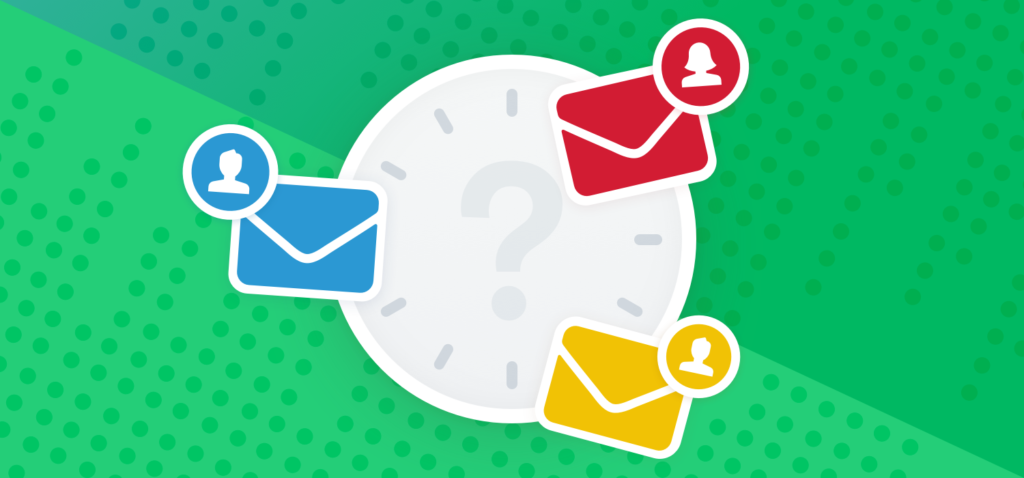
Utilizing the right tools and platforms can simplify the process of creating, managing, and optimizing automated email campaigns.
Numerous email marketing platforms offer automation features that cater to a variety of business needs. Some popular options include Mailchimp, HubSpot, ActiveCampaign, and Sendinblue.
Each of these platforms comes equipped with robust automation capabilities, allowing businesses to set up triggers, segment audiences, and analyze performance metrics effortlessly.
Additionally, many platforms offer customizable templates, A/B testing functionalities, and integrations with other marketing tools, streamlining the entire email marketing process.
Integration Capabilities
Ensuring that your email marketing platform integrates smoothly with other systems you use, such as Customer Relationship Management (CRM) software, eCommerce platforms, or analytics tools, can enhance your overall marketing strategy.
Integration allows for seamless data flow, enabling you to gather insights and optimize your campaigns based on a comprehensive view of customer interactions.
User-Friendly Interface
When selecting an email marketing platform, consider the user interface. A user-friendly interface simplifies the process of designing, scheduling, and analyzing your automated emails.
Look for platforms that offer drag-and-drop editing, pre-built templates, and easy navigation to streamline the workflow.
Customer Support and Resources
Access to reliable customer support and educational resources is crucial, especially if you’re new to automated email marketing. Look for platforms that provide responsive support channels, including live chat, email support, and extensive knowledge bases.
Webinars, tutorials, and community forums can also prove valuable as you navigate the nuances of email marketing.
Measuring Success and Metrics
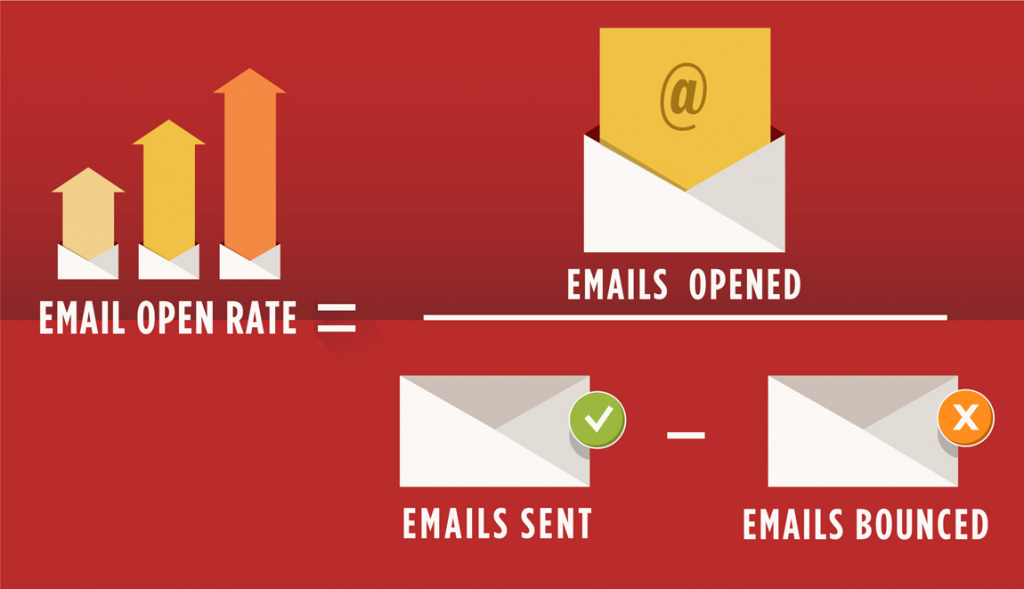
Understanding how to measure the success of your automated email campaigns is vital for ongoing improvement.
Metrics provide insights into how your audience is engaging with your emails and highlight areas that may need adjustments.
Key Metrics to Track
There are several key metrics to monitor for evaluating the effectiveness of your automated emails:
- Open Rate: This metric indicates the percentage of recipients who opened your email. A low open rate may signal issues with subject lines or timing.
- Click-Through Rate (CTR): The CTR measures the percentage of recipients who clicked on links within the email. A high CTR indicates strong engagement and effective calls to action.
- Conversion Rate: This metric tracks the percentage of recipients who completed the desired action, such as making a purchase or signing up for a webinar.
- Unsubscribe Rate: Tracking the number of recipients who unsubscribe can help identify issues with content relevance or frequency.
Exploring Data Patterns
Diving deeper into data patterns reveals valuable insights into the behaviors and preferences of your audience, going beyond mere numbers.
Consistently analyzing your performance metrics enables you to determine which automated emails resonate well with your recipients. For example, you might discover that welcome messages yield greater engagement compared to re-engagement ones, suggesting that your audience values the introduction process.
Ongoing Enhancement
The revelations obtained from evaluating success should shape your email marketing approach moving forward. Cultivating a mindset of ongoing enhancement allows you to respond to evolving audience tastes and boost campaign efficiency over time.
If you observe a dip in open rates, it could be the right moment to reassess your subject line tactics or experiment with different email timings. Staying attuned to industry shifts and audience habits will enable you to maintain an edge, fostering strong connections with your subscribers.
Final Thoughts
In conclusion, leveraging the optimal automated emails can revolutionize how businesses interact with their audience while increasing operational efficiency. Mastering the essentials of automated emails, investigating various formats, creating captivating content, and adhering to best practices empower companies to improve connectivity and drive better results.
The significance of personalization, eye-catching subject lines, and intuitive designs cannot be overstated. Additionally, employing suitable tools facilitates effective email marketing management while tracking performance to refine approaches.
As the digital landscape continues to shift, staying informed and adaptable allows businesses to maximize the potential of automated emails, enriching customer interactions and fueling growth. Investing in automated email marketing is more than just dispatching messages; it’s about nurturing impactful relationships that foster loyalty and propel success.




